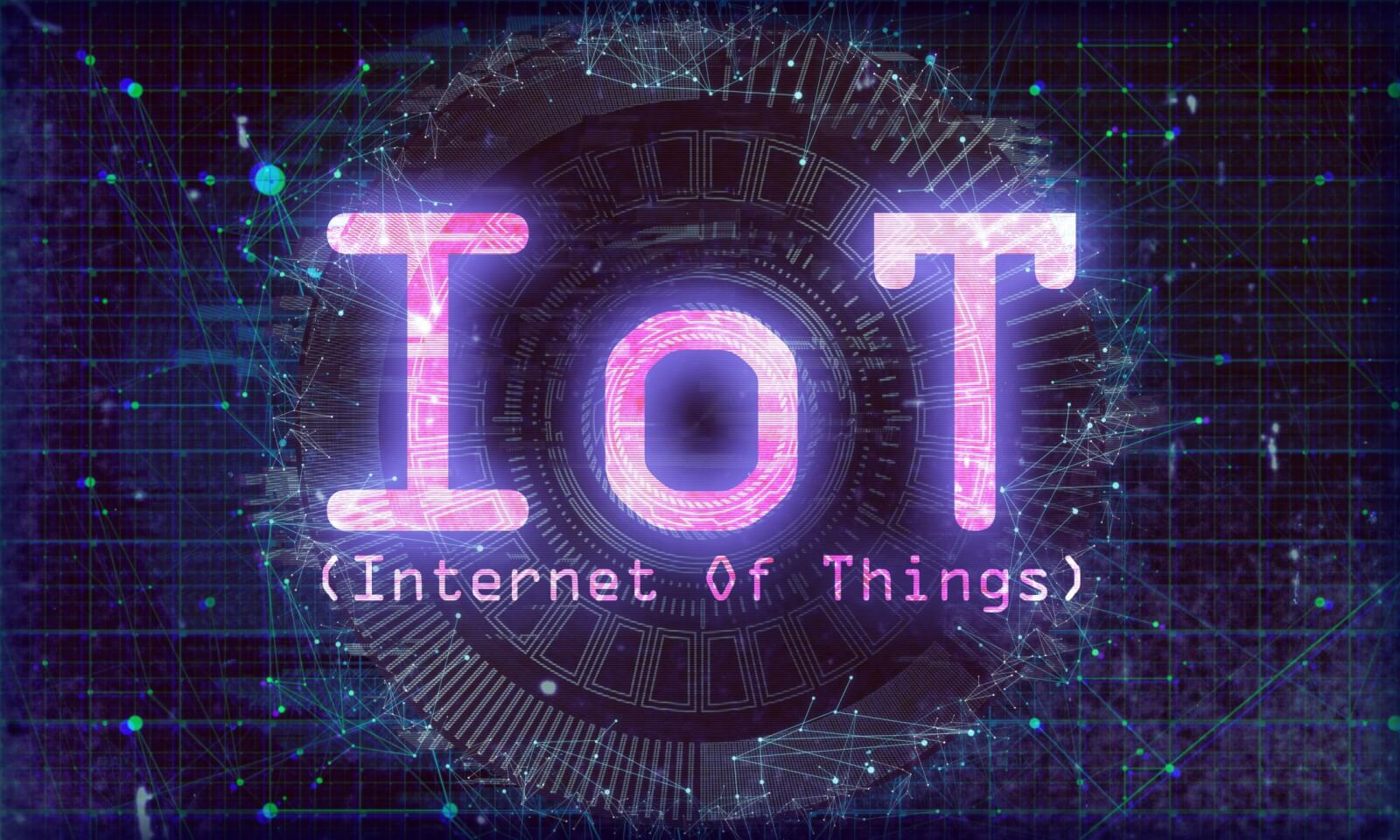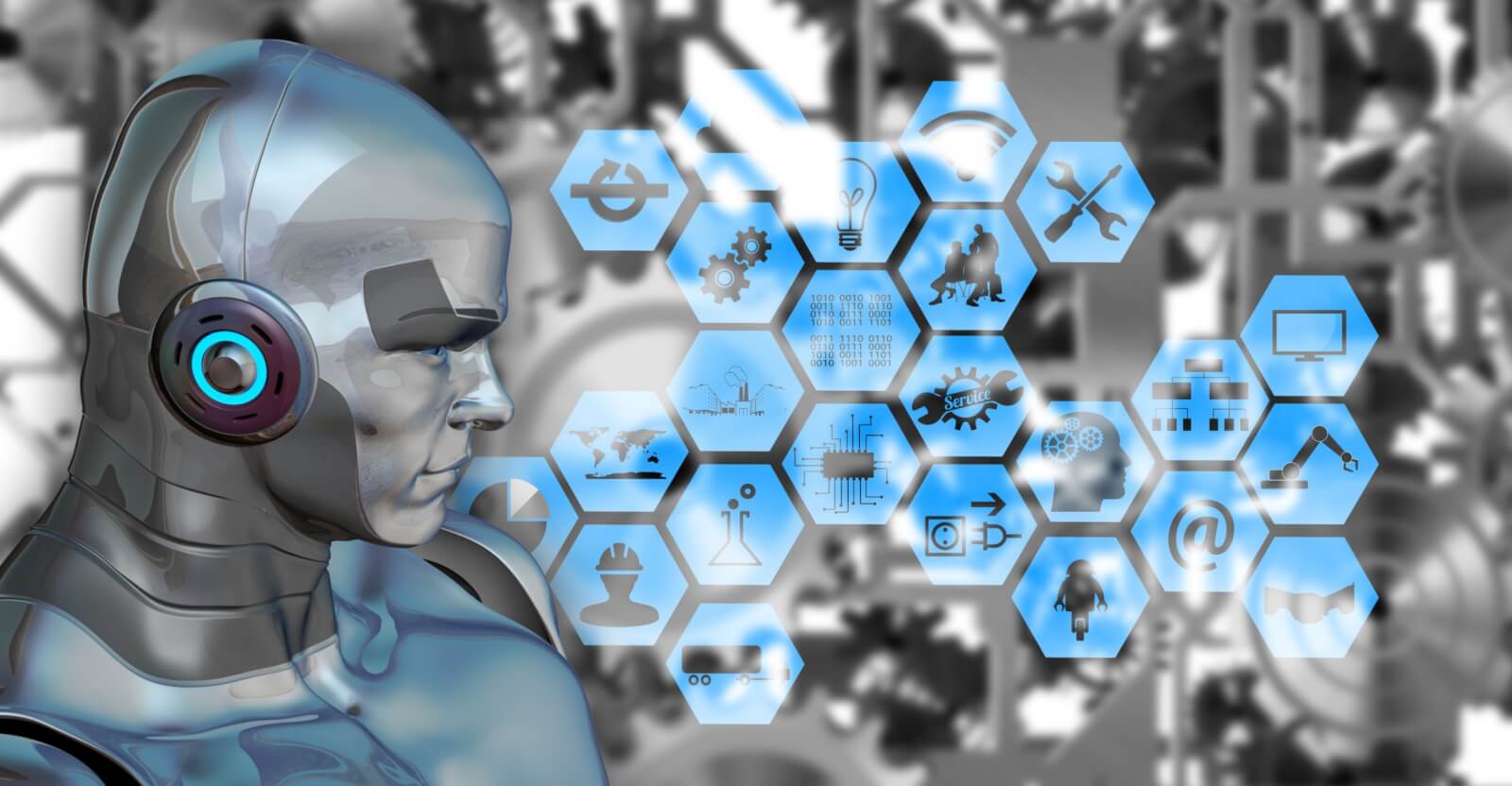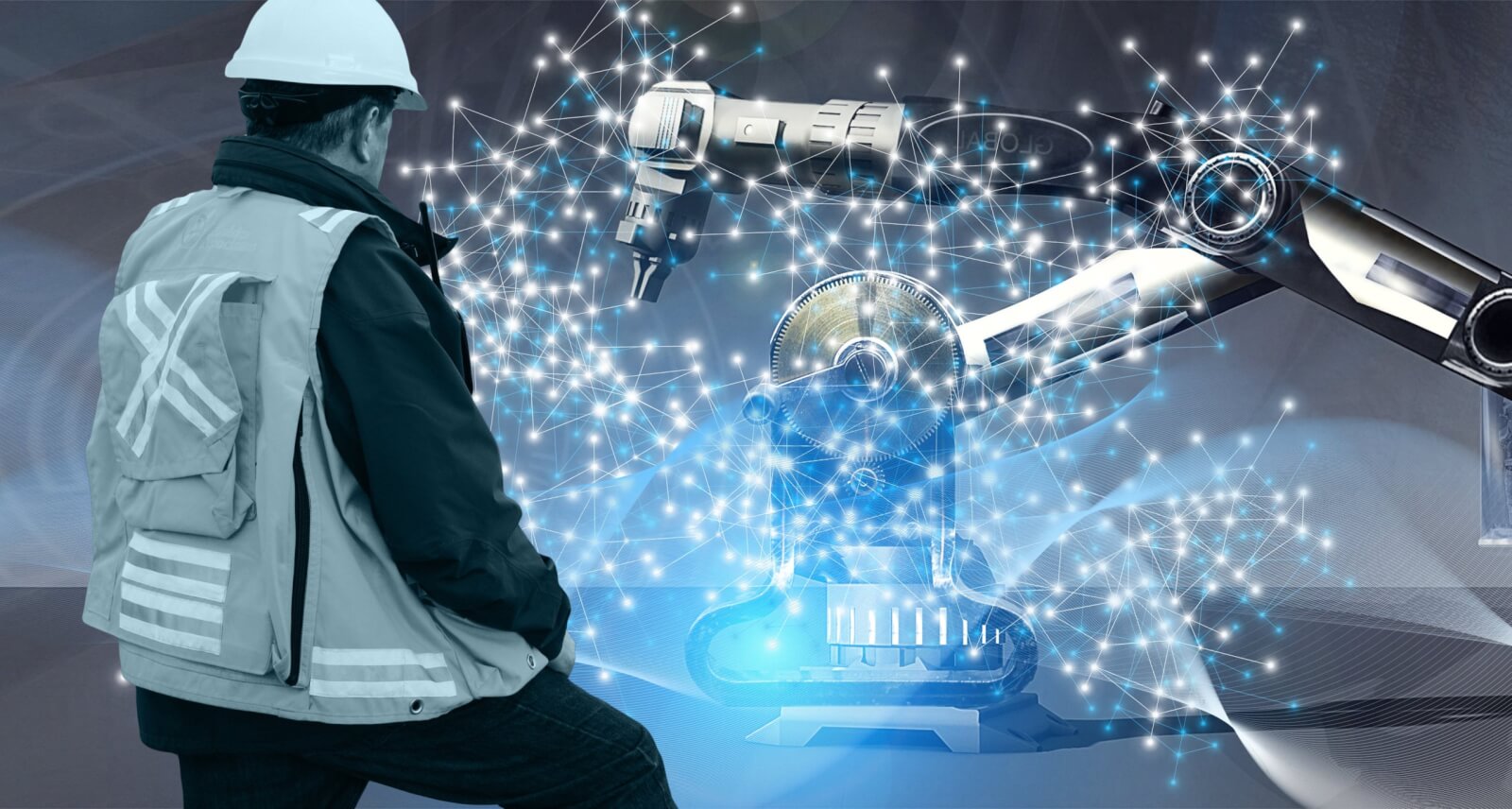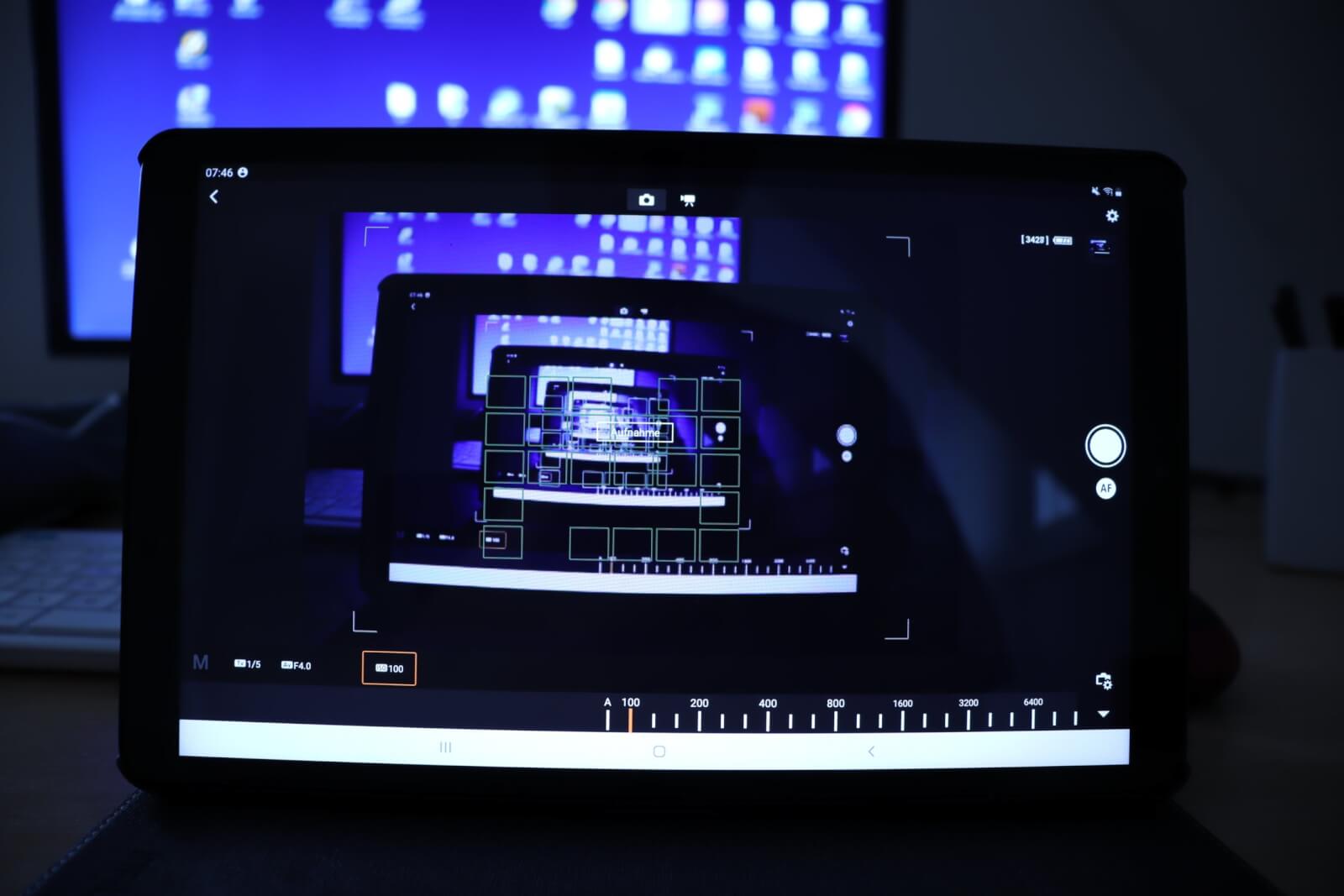
In late 2019 early 2020 COVID-19 upended our world. From New York to San Francisco, millions of businesses around the country closed their doors and required employees to work remotely to curb the spread of the deadly COVID-19 virus. Fortunately, to the benefit of individuals and businesses around the world new technologies stepped in the support this unprecedented shift in work. From remote video conferencing platforms to new innovative tools to help employees conduct their work remotely, many technology companies saw an opportunity to innovate and support a global society in need, and they delivered.
Over the past few months, following a global distribution of the highly effective COVID-19 vaccine, businesses took a hard look at the COVID-19 infection numbers and looked to make some decisions. With the original variant of COVID-19 waning in the united states, businesses considered making the push back to office life. Unfortunately, now, it seems that dream may be cut short, as businesses closed doors again following a surge in the novel delta variant of the COVID-19 virus.
So, where do we go from here?
What Is IoT?

Well, for innovators in the IoT space, this workplace challenge breeds the perfect opportunity for innovation. IoT – short for the Internet of things – is a concept of turning common items into “smart” interconnected devices through the implementation of sensors, software, and other technologies. In doing so, these smart devices can gather more intelligent information in the world around them, and transmit important information between other devices. This interconnected collection of smart devices now server a greater purpose in contrast to their traditional predecessors.
And it seems that IoT is gaining momentum. Based on current research, the IoT market is expected to grow to an astounding 5.8 billion endpoints by 2020! This underlying technology paired with a global market need makes for a perfect playing field for a major IoT disruption.
But how exactly do these IoT-enabled smart devices provide value to individuals and businesses in the work-from-home era? Let’s dig in to find out!
IoT in Remote Work Settings

As employers see their employees move to remote work, it becomes critical to ensure employees are healthy, happy, and engaged in their work. And to track these types of metrics, a simple survey or work computer activity monitoring system may not provide the necessary information that employers are seeking. In comes wearables.
IoT-enabled wearable devices offer employees the ability to track metrics such as activity, working hours, and other key biometrics that can be extremely useful for the employee. Often, in these scenarios, critical biometric data can actually provide employees with insight into their health and working habits that may have been easily missed without the help of smart, wearable technology. And building off this foundational change in work culture, app developers are now in high demand to help organizations bring their wearable design ideas to the market.
It’s this type of technology that will not only provide employees more common in-depth key insight into their work habits but also provide employers information that can help improve employee work habits (so long as employees are freely willing to provide that information to employers).
IoT and the Future of Remote Manufacturing

One thing that’s become abundantly clear, sit that some jobs are better positioned for work-from-home settings than others. Take, for example, individuals who are required to work onsite, on a factory floor to support the day-to-day manufacturing operations of their organization. As we move into the future how will this change?
We believe IoT will play a major role in answering this question. When we look at remote work for more “hands-on” jobs, it seems to only be a matter of time, before these types of operations are supported via remote IoT-enabled devices. Imagine, just as today’s surgeons have supported the novel Da Vinci reboot surgery system, today’s more common hands-on manufacturing processes are sure to follow due to the support of the unrelenting march of technological progress.
IoT and Remote Monitoring

One of the most common reasons why some employers are required to remain on-site while others work from home is due to the active monitoring and upkeep of some on-premises processes. It’s this active monitoring and upkeep of certain fabrication tools or IT environments that require on-site personnel. However, that’s soon to change.
As employers look to keep employees safe and skill back on in-person staff, remote monitoring and upkeep of critical systems are critical. Imagine a scenario where advanced IoT devices on-premises are able to communicate over 5G to allow remote users to replicate critical processes from their homes. We believe this is where IoT will provide one of the next major disruptions in business.





